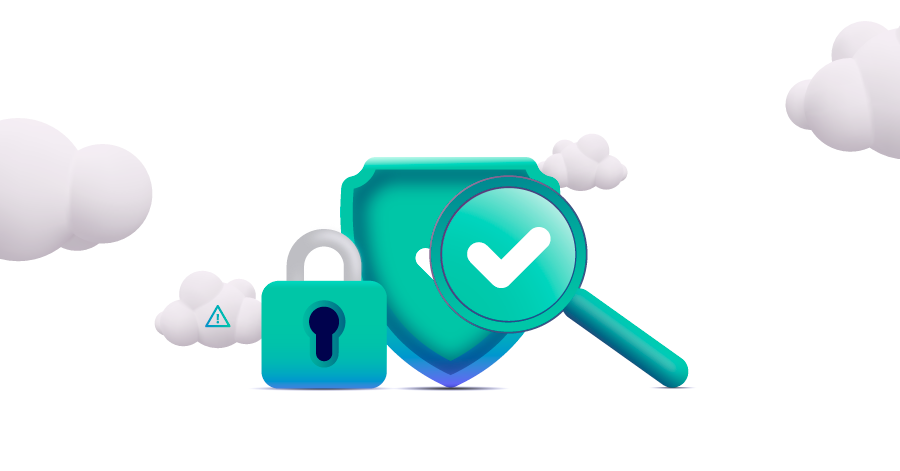Before jumping into how technology mitigates risk associated with regulatory compliance, we’ll define compliance and provide examples.
What is compliance?
Compliance is essentially a policy put into place as a business strategy or for regulatory reasons. Real-life examples of business and regulatory compliance for secured finance may include:
- California and New York disclosure requirements
- General Data Protection Regulation (GDPR)
- UK Consumer Duty regulation
- Environmental, Social, and Governance (ESG) policies
- Scope 3 emissions on assets (including leased assets)
- Ongoing state and federal compliance
- Internal compliance
It’s difficult to stay on top of day-to-day tasks and the pace of change in technology, the market, and customer behaviors, let alone new changes in legislation.
Regulatory example for secured finance – UK Consumer Duty
One example is the UK Consumer Duty regulation. Solifi’s Originations and Portfolio Management are highly-configurable products that provide flexibility to enable customers to be Consumer Duty-compliant. For instance, Portfolio Management can configure event and collections case management workflows with changes going into effect immediately. In Originations, data insights from the workflow processes are available for reporting (e.g., number of declined decisions, proposal cancellations, and deals not taken up by customers).
Regulatory example for secured finance – California disclosure requirements
California recently introduced legislation that requires automotive, consumer, equipment, and fleet lenders that provide or will provide commercial financing to businesses to comply with new disclosure requirements.
Many U.S. lenders that do business in these secured finance spaces did not recognize the impact of this regulation or how to get started. This puts them at risk of non-compliance. You can learn more about this specific regulation in a webinar hosted by Tamarack Technologies and Solifi: Are you ready for the new California and New York disclosure requirements?
This is where technology can help mitigate the risk of non-compliance. For example, if you approach policy from an automation point of view, you can implement it formulaically or mathematically so that judgment is defined in the policy. You don’t run the risk of adding additional factors or decisions.
Automation implements a policy into your system objectively without bias – no room for interpretation errors. Additionally, automation technology removes the possibility of unintentional errors such as a missed step or the wrong keystroke.
An added bonus of automation is that it leaves an audit trail. And auditors love a repeatable automated process that executes, and you can prove compliance easily through an audit log with timestamps or data analytics. Not only do you remove the risk of non-compliance, but you also prove you are compliant with little effort required.
Additionally, implementing automation that speeds up the application process to meet regulatory compliance requirements could mitigate the risk of losing customers. For example, if it takes too long for credit approval, a customer may go to a competitor if they can get through the process faster. Without automation, you’re not going to meet the demands of customers. This is an area where technology can help. Automation is extremely effective at executing policy.
Regulatory example for secured finance – ESG
ESG compliance is another area of concern for lenders. As reported by the 2022 US Bank CFO Insights report, new ESG regulations are requiring publicly traded companies to provide comprehensive reporting. This is especially important as sustainable finance grows in importance. Technology and automation could definitely help with this type of compliance. And private companies can get a jumpstart on sustainable finance by implementing the right technology today.
How does SaaS enable compliance and mitigate risk?
Solifi’s SaaS technology facilitates digitization and automation of workflows and policies to enable compliance and mitigate risk. For example, we can:
- Modify workflows to generate disclosures where needed
- Add or modify documents as needed by lessors
- Configure business processes and workflows to facilitate checks and rigor within the process to provide good customer outcomes
- Provide quantitative and qualitative data to meet compliance requirements
Through technology, you can produce standard reports, standard credit audits, and controlled report-outs to prove you are compliant. No room for interpretation or risk of error. Every time you introduce human intervention, you introduce the potential risk of non-compliance. Automation is key to ensuring compliance and mitigating risk.
How to manage risk with SaaS technology
Read part 1: Managing risk: The best strategies use SaaS technology
Read part 2: Managing risk: Navigating economic turbulence with SaaS
Read part 3: Managing risk: The best tech to mitigate business disruption
Read part 4: Managing risk: How to use tech to mitigate non-compliance
Read part 5: Managing risk: Protect from cybersecurity threats with SaaS
Read part 6: Managing risk: Using tech to fix the labor shortages
